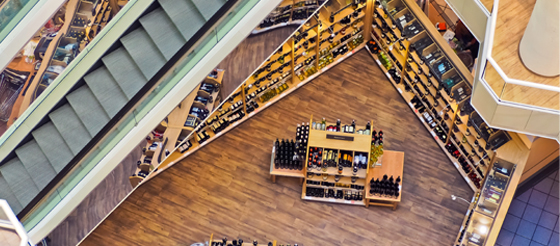
New research from Gekko has revealed that 73% of UK consumers think independent retailers should collaborate.
The ‘Collaborative Retail’ report features comments from over 2,000 UK adults, and has found that many believe independent retailers should “think creatively and work together” to avoid going to the wall and revitalise beleaguered high streets.
In the report, nearly three quarters said they think independent retailers should collaborate to come up with innovate ideas like sharing shop space and marketing costs, cutting down on their individual overheads. Most popular ideas for shop collaborations included independent shoe and clothing retailers, favoured by 71% of consumers, followed by book shops and cafes 68% and bakeries and greengrocers 65%.
Top reasons given by consumers for suggesting collaborations are supporting the high street (64%), supporting local businesses (63%), choice (56%), convenience (52%) and an enhanced shopping experience (48%).
Alongside collaborations, nearly 90% of consumers thought it was important large national retail brands roll out their new store designs and concepts to regions other than just the major high street destinations. Over 50% said they would visit their local high street more if brands did this.
Nearly three quarters (70%) of consumers said they were concerned about the impact of online sales on the high street and the local economy, but felt that the high street still had a major role to play with benefits such as ‘try before you buy’ (62%), browsing and leisure (55%), buy and takeaway (51%) and the opportunity to visit multiple shops (40%).
“We cannot just sit back and watch our high streets continue to degrade. Our research clearly shows that UK consumers are worried about the future of the high street and the impact its demise will have on their communities. They would love to see more independent retail collaborations and believe this is a very exciting way to inject life back into the high street and it does make sense,” commented Daniel Todaro, MD of Gekko.
“However, this approach to retail requires new and imaginative ideas from Government that support the legal and financial infrastructure of such initiatives. Our high streets do have a lot to offer so Government and retailers need to work together to make it an enticing proposition and lure people back.”
To read the full article please visit PCR.





